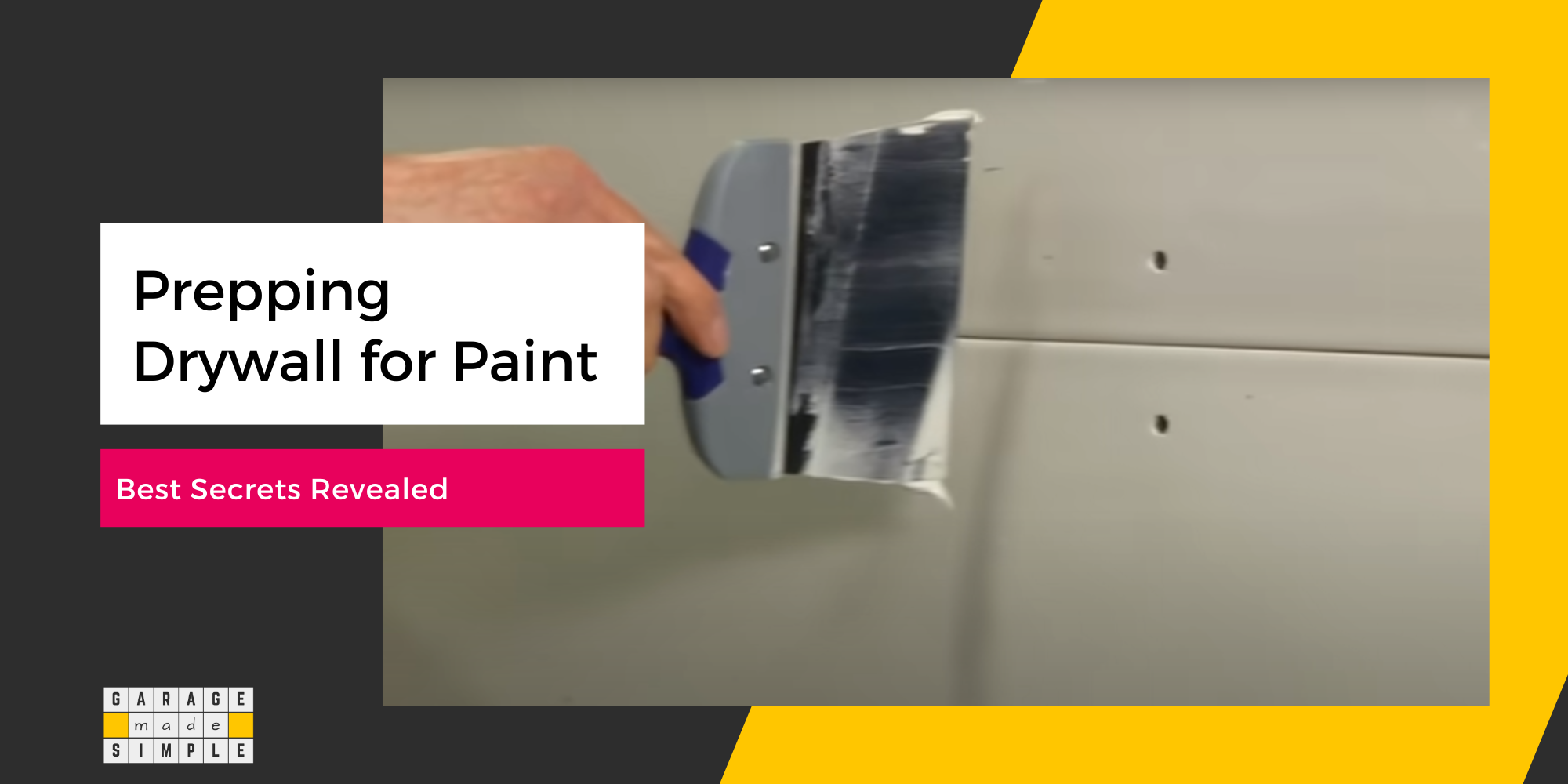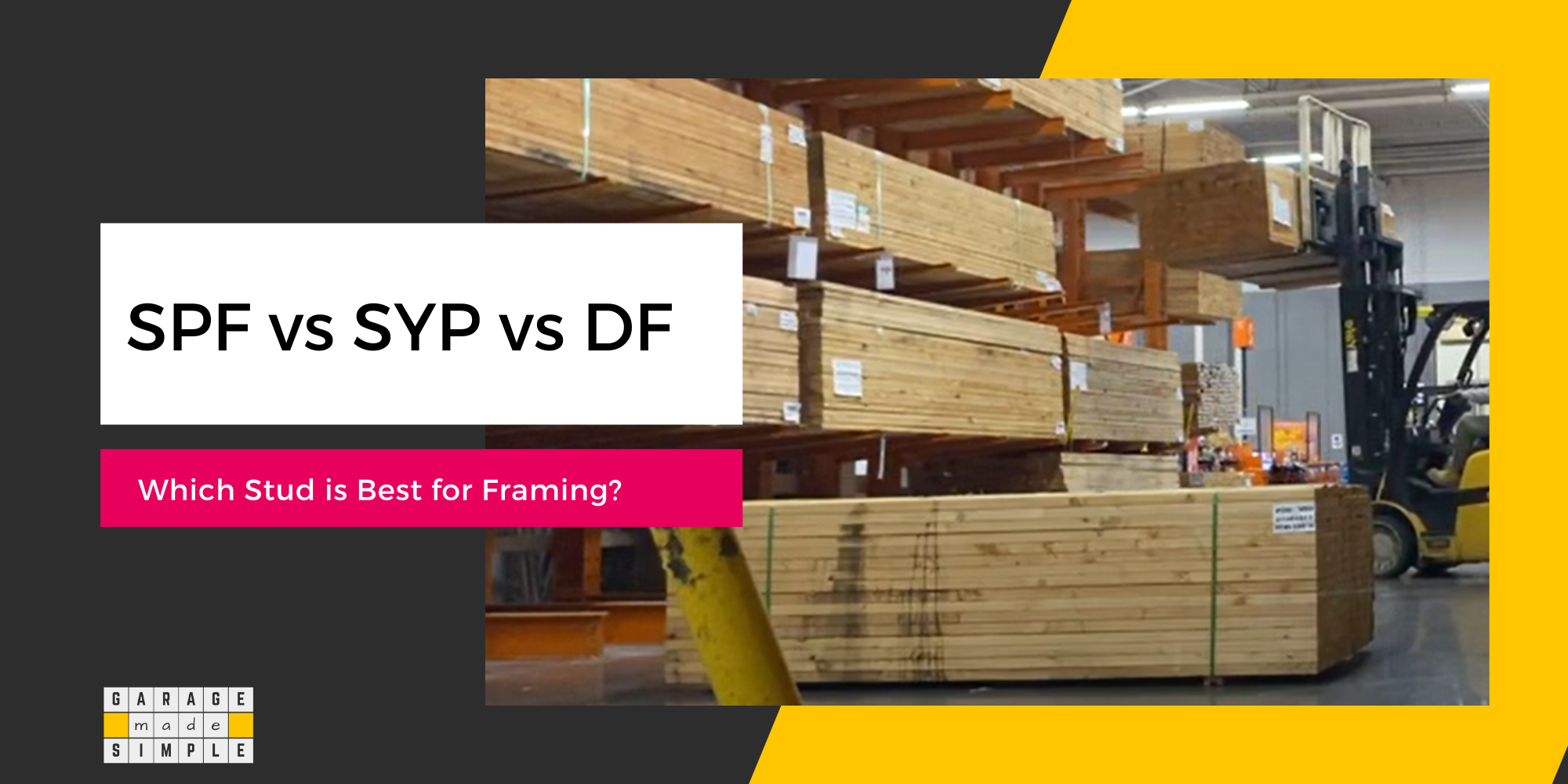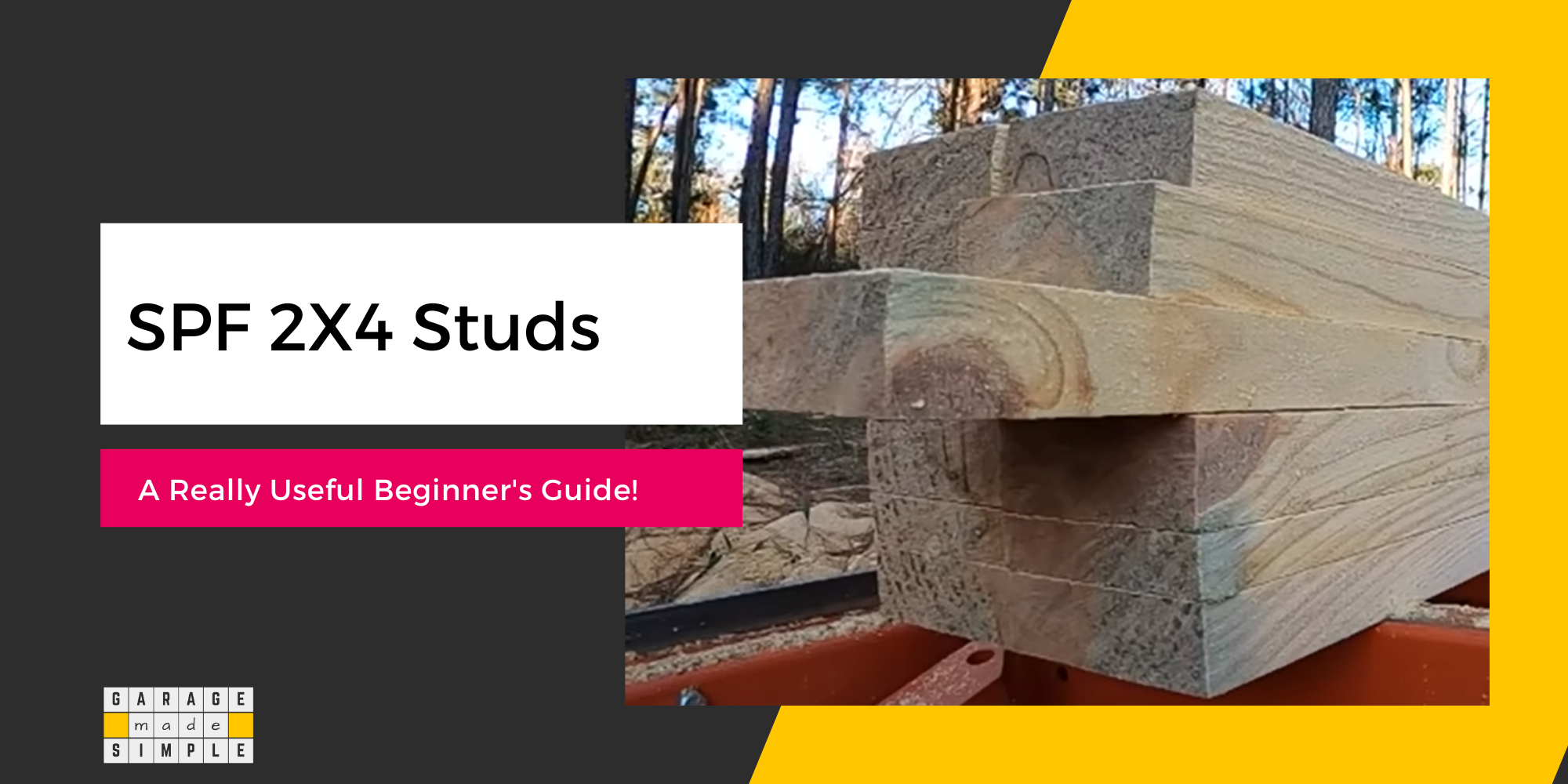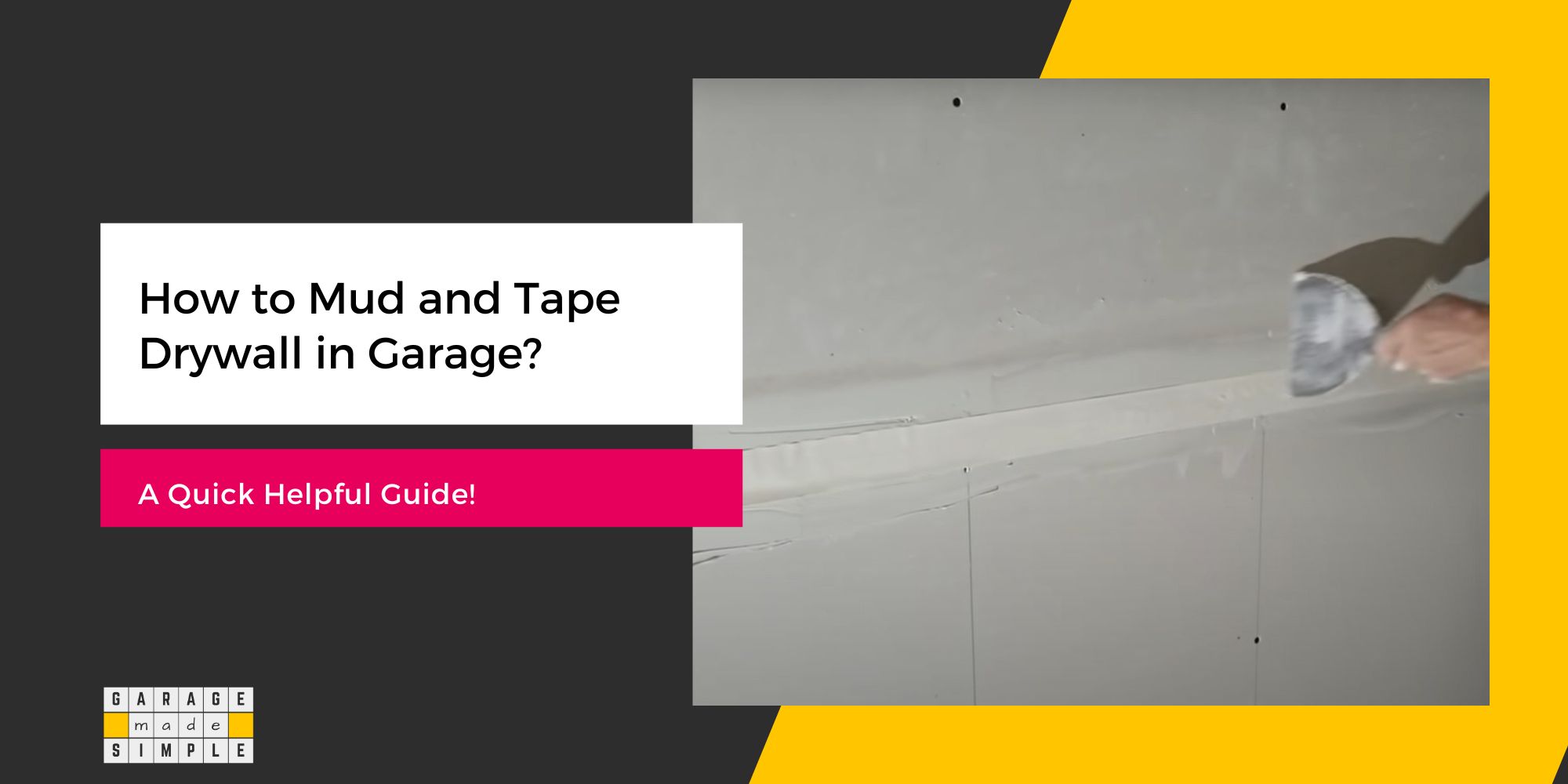Fire Rated Plywood for Garage Walls
As an Amazon Associate, I earn from qualifying purchases.
Why Use Fire Rated Plywood for Garage Walls?
Fire Rated Plywood, technically known as Fire-Retardant Treatment (FRT) Plywood, can be considered as a replacement for drywall for sheathing garage walls adjoining habitable space, subject to acceptance by the local building authorities.
Section R302.6 and Table R302.6 of The 2021 International Residential Code (IRC) requires that the separation between the garage and adjoining living quarters must be “not less than ½-inch gypsum board or equivalent”.
The FSR of ½-inch gypsum board is typically 15 which meets ASTM E84. The FSR of FRT Plywood should be less than 25 to meet ASTM E84.
The code is not applicable to detached garages, as detached garage walls do not have adjoining living quarters.
Nonetheless, even detached garages pose a significant fire hazard, as they are typically used for storage of flammable materials like gasoline, paints, etc.
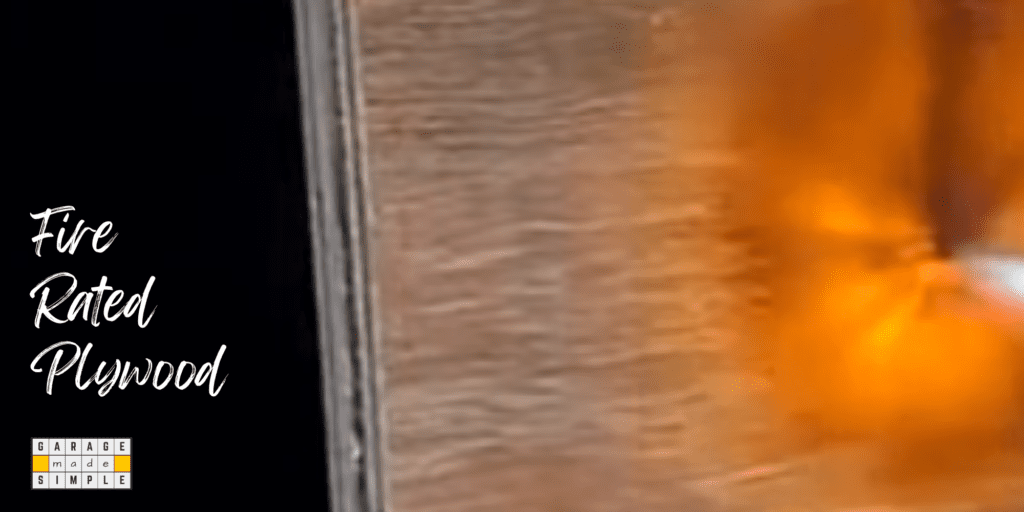
Can FRT Plywood be used in a Garage?
In my opinion FRT Plywood complies with the 2021 IRC Code. However, the interpretation of the code by your local building authority is what matters. So, you must get their approval before using FRT plywood.
Fire rated plywood is designed to act as a barrier against the rapid spread of flames and smoke. It provides valuable time for evacuation and firefighting efforts. Fire rated plywood can be an alternative to drywall for sheathing garage walls.
What is Fire Rated Plywood?
Fire rated plywood is made by adding fire retardant salts & chemicals to the kiln-dried, untreated plywood under high pressure. As a result the salts & chemicals are fully impregnated in the plywood and make it fire resistant.
ASTM test Standard E-84 is the industry standard accepted by APA to test and measure Flame Spread Rate (FSR).
Normal construction grade plywood has a FSR of between 75 and 200. However, Fire-Retardant Treatment Plywood must have an FSR of less than 25.
Precisely defined, FRT plywood has been impregnated with fire-retardant chemicals in accordance with American Wood Protection Association Standard U1 to have a flame spread of 25 or less when subjected to a 30-minute test.
APA
Benefits of Using Fire Rated Plywood for Garage Walls
The key benefit of using fire rated plywood for garage walls is that it has a low flame spread rate (FSR). This provides additional time for evacuation and implementing fire fighting measures.
Compared to regular plywood, fire rated plywood significantly reduces the risk of damage to stored items, garage structure, personal injury or in extreme cases loss of life, in the event of a fire.
Fire rated plywood is specifically designed to slow down the FSR by creating a non-combustible barrier that hinders combustion. It also forms a protective char layer that insulates the plywood from combustion.
In the event of fire, fire-rated plywood garage walls offer:
- Increased fire resistance
- Enhanced safety
- Reduced damages
Disadvantages of Using Fire Rated Plywood for Garage Walls
The main reason for not using fire rated plywood for garage walls is the high cost. Typically, for the same thickness, a fire rated plywood board will cost twice as much (or more) as a standard plywood board.
As it is, plywood is significantly more expensive than drywall. The use of plywood for garage walls, instead of drywall, is justified only by the strength and functionality of plywood.
Some other drawbacks of fire rated plywood, that should be considered are:
- Reduced Strength: The fire-retardant chemicals used in FRT plywood can slightly reduce the overall strength of the material compared to untreated plywood.
- Susceptibility to Moisture Damage: FRT plywood, like any type of wood, is susceptible to moisture damage if exposed to prolonged wet conditions.
- Environmental Concerns: Some fire retardants used in FRT plywood may raise environmental concerns due to their potential chemical leaching into the environment.
- Aerosol Generation During Fire: When exposed to extreme heat, FRT plywood may release aerosols containing fire retardants, which can also pose respiratory health risks.
Thank you very much for reading the post. I do hope you found it informative and useful.


